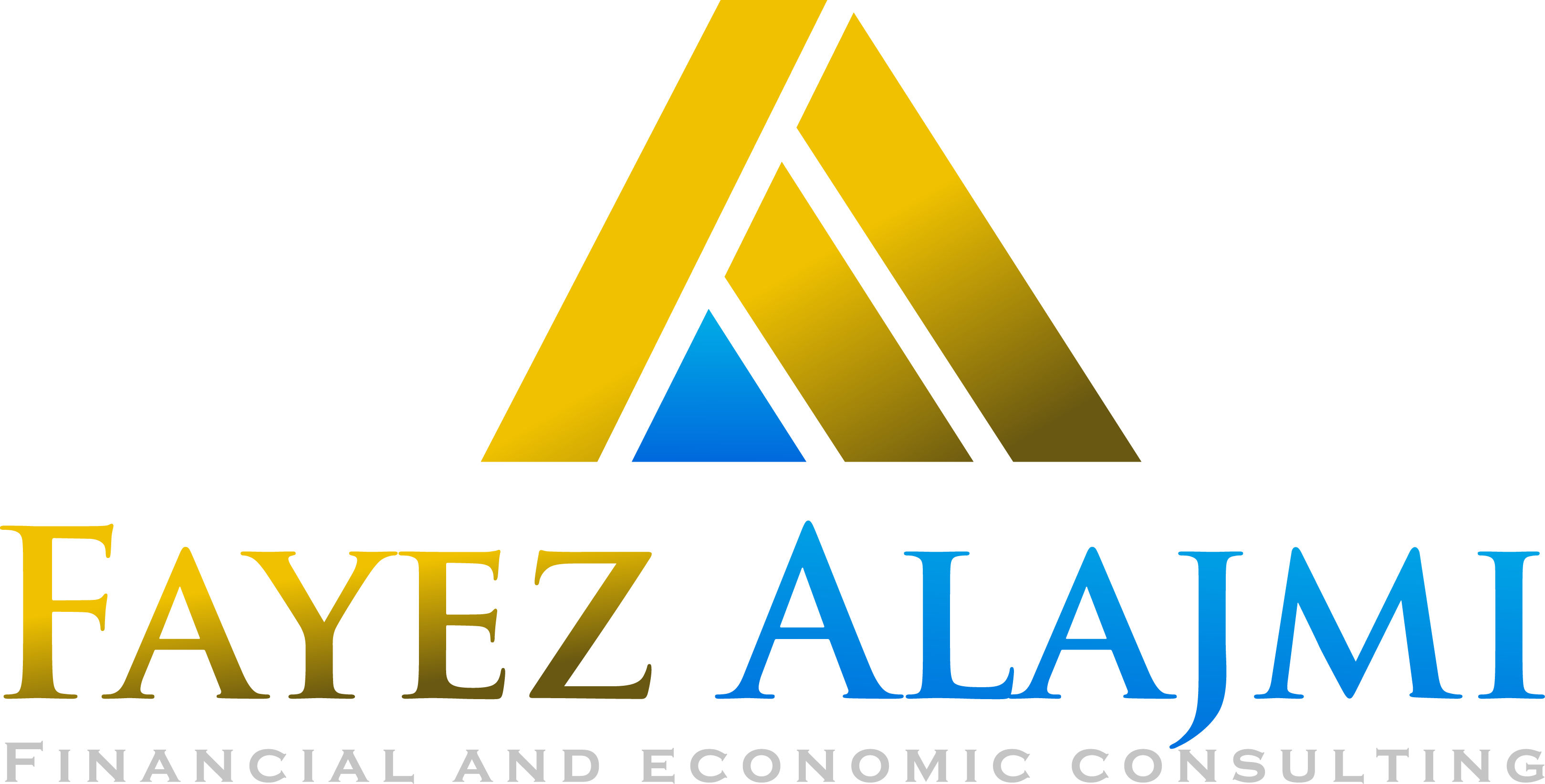
 9 May، 2022
9 May، 2022
 ابحاث السوق
ابحاث السوق
 Views
: 680
Views
: 680

The general index of the US dollar known as the Dollar Index, which is concerned with measuring the dollar against a basket of currencies, continues to rise before the opening of the European markets for the opening session of the week today, Monday, May 9 (May), rising for the third session in a row, as it is trading at 104.05 levels, up by about 0.35% today, trading in Its highest level in nearly twenty years, benefiting from the tightening of monetary policy from the US Federal Reserve.
The Federal Reserve had carried out the largest rate hike since the year 2000 last week, raising by 50 basis points to curb the rise in inflation, which reached its highest level in forty years. One billion dollars per month and an increase to 95 billion in three months.
Federal Reserve Chairman Jerome Powell’s press conference came more hawkish for monetary policy, as the Fed kept raising interest rates by 50 basis points on the table in the next two meetings in (June and July), which supported the gains of the US dollar after the initial reaction while also keeping the possibility of a hike by 75 basis points.
At the next meeting if the need arises. Markets and analysts’ fears of slowing global economic growth with the continuation of the war in Ukraine and the emergence of strong signs of a decline in economic activity in China, the second largest economy in the world, with partial closures due to the spread of the Corona virus in Beijing and Shanghai, in turn, raises the uncertainty in the markets and thus the US dollar benefits from This is the case with commodity currencies and high risks significantly affected.
The markets are awaiting this week (Wednesday) US inflation data, as expectations indicate a decline in inflation to 8.1 8.3% in April, compared to 8.5%, with a decline in the monthly reading to 0.2% from 1.2% in March, and that the main index, excluding food and energy prices, will decline to 6% of 6.5%.
This declining inflation reading, if it comes as expected or below it, is expected to support Jerome Powell’s statements that inflation may have reached its peak in March, and therefore it is expected to kill the possibility of a rise by 75 basis points at the next June meeting and supports the correction of the US dollar, even if temporarily.